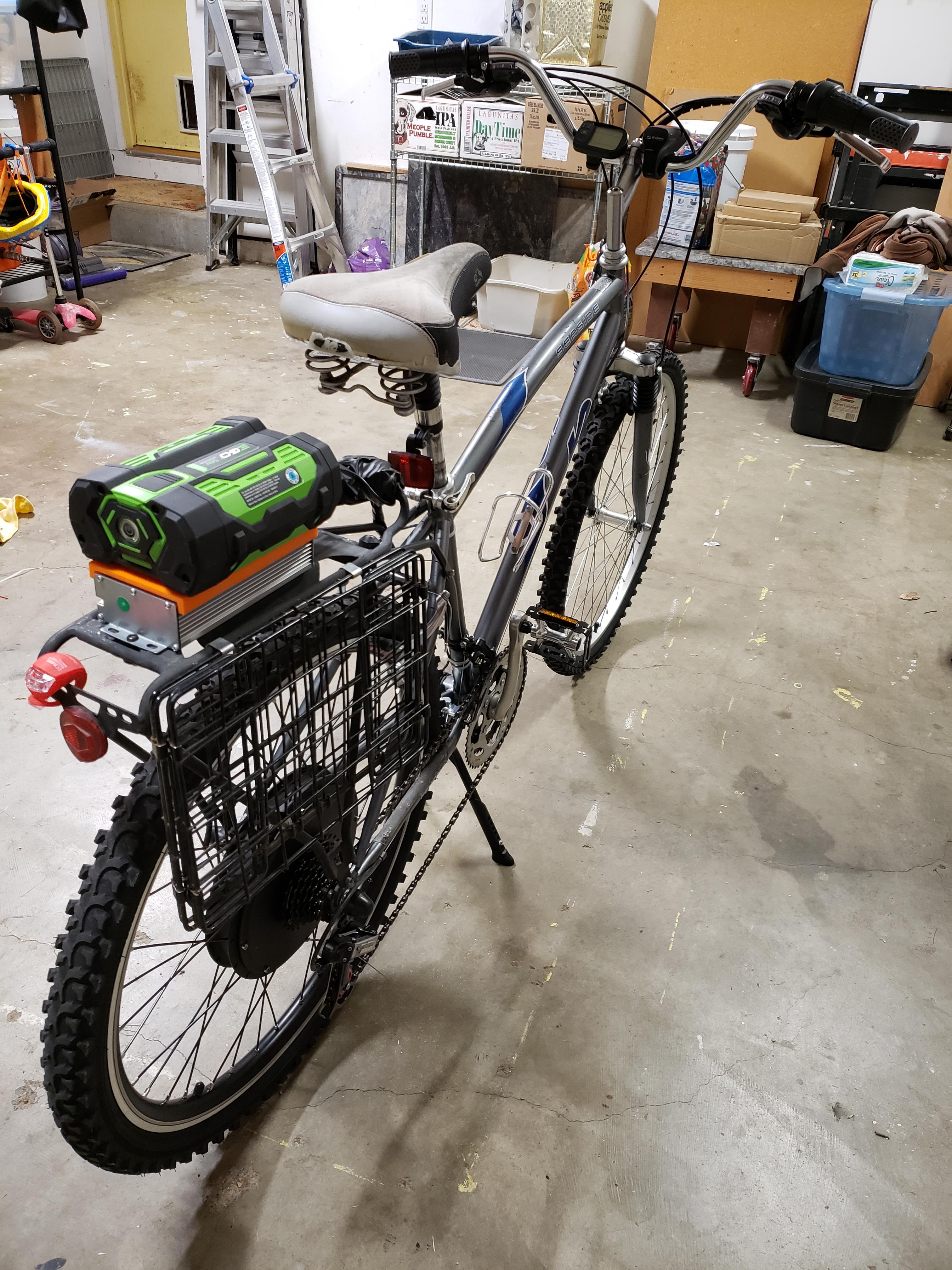FLoHIO117 said:Has anyone figured out a good and reliable mount design? I'm wanting to use these batteries on my razor dirt bikes and go karts that I've already modified for more power.
If anyone makes them I'd love to buy a couple.
See my previous post with a link to one on ebay





